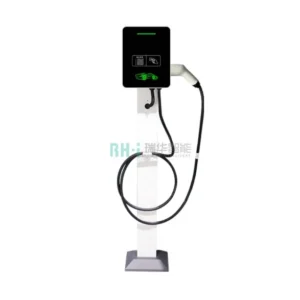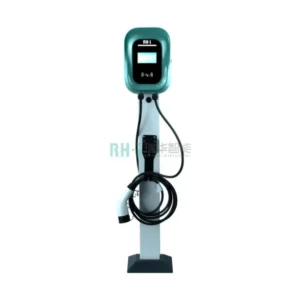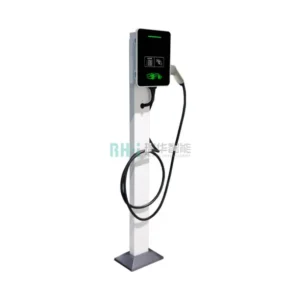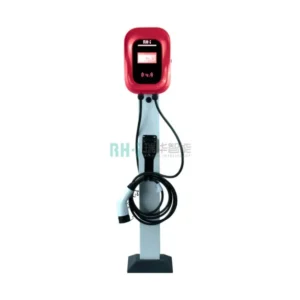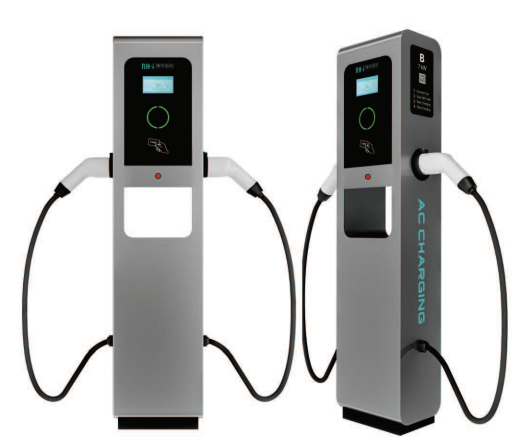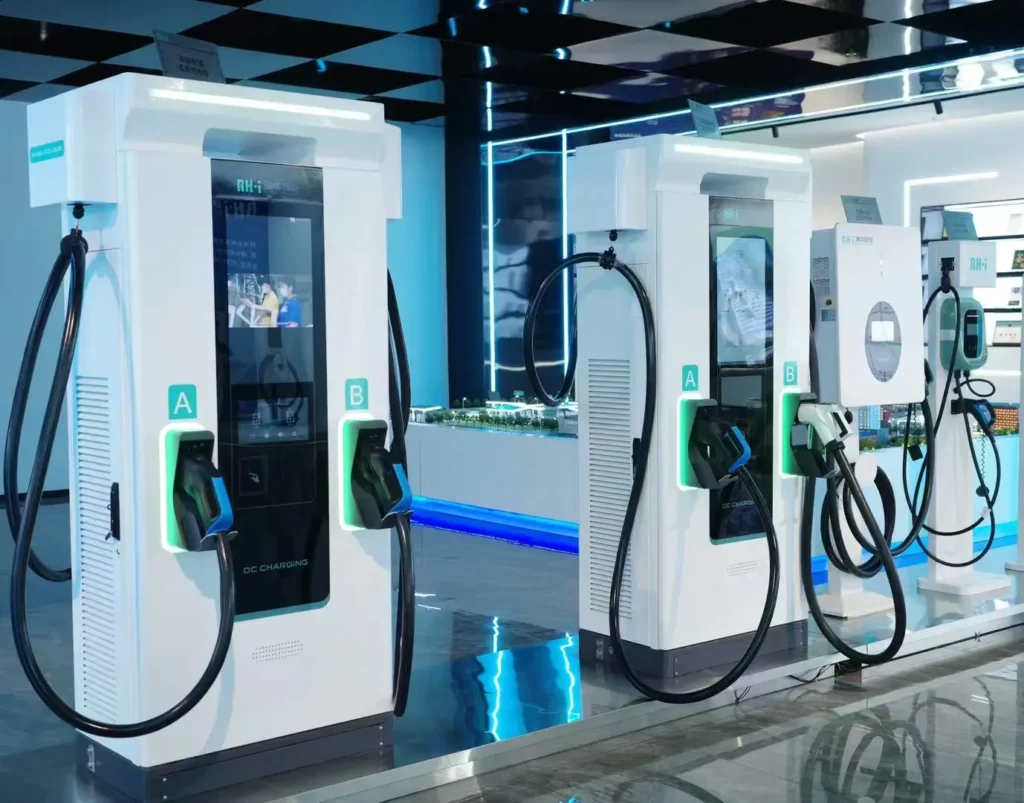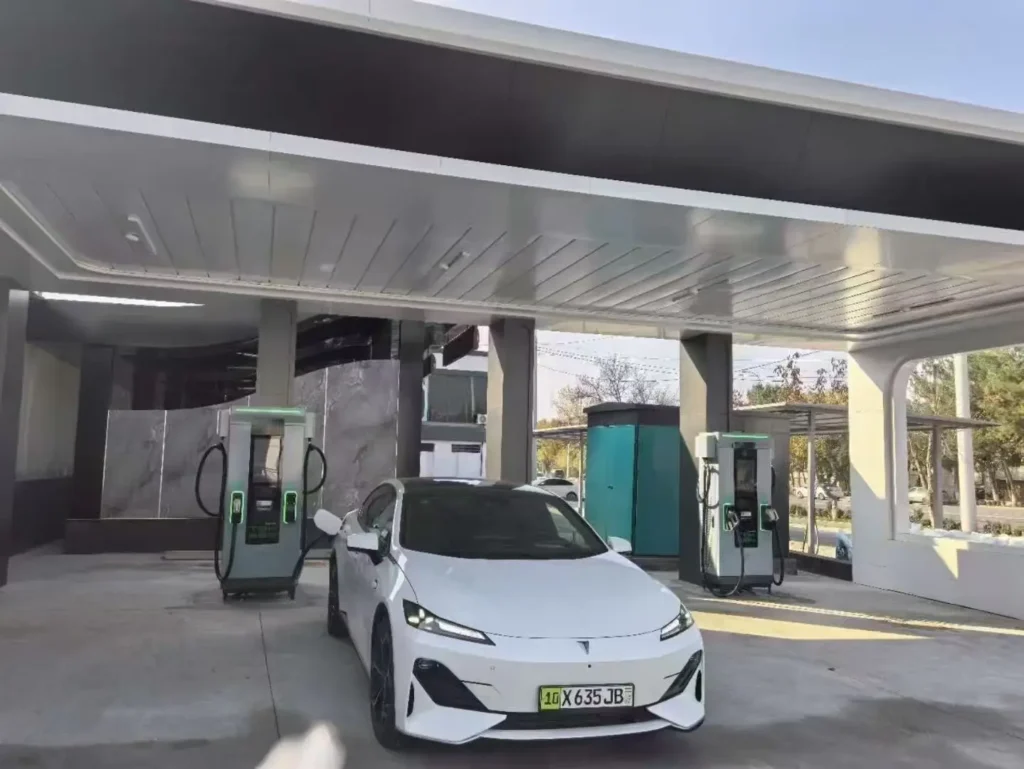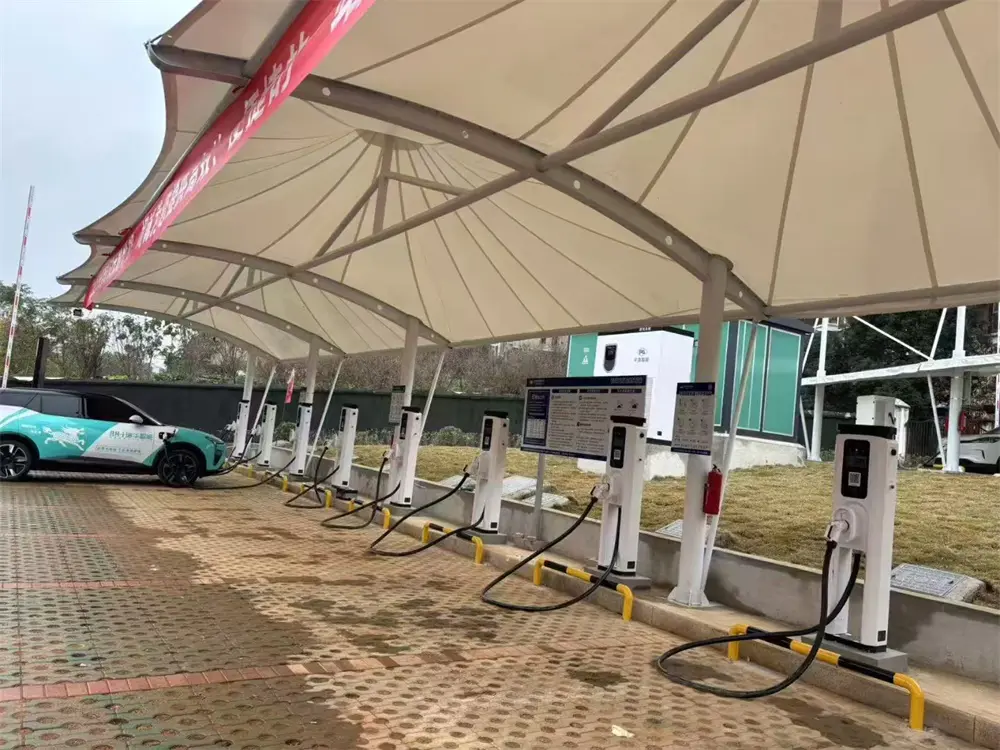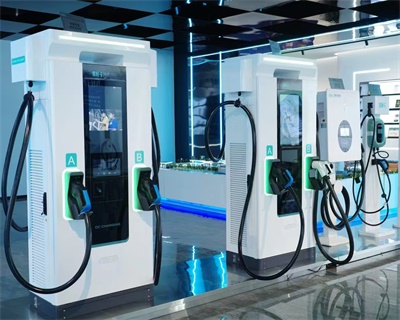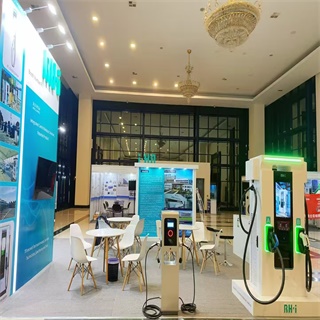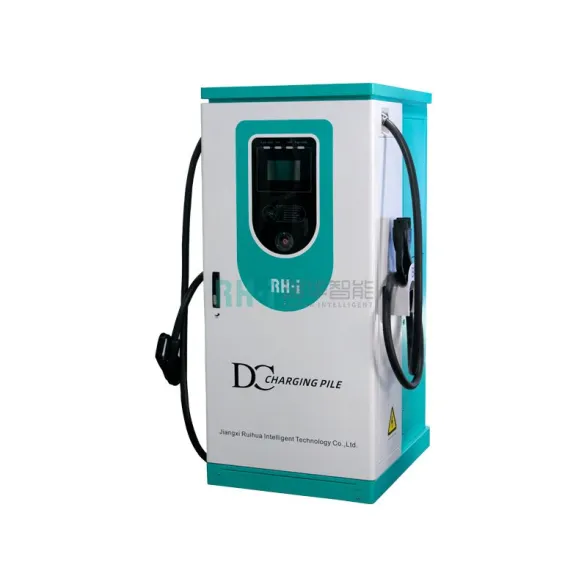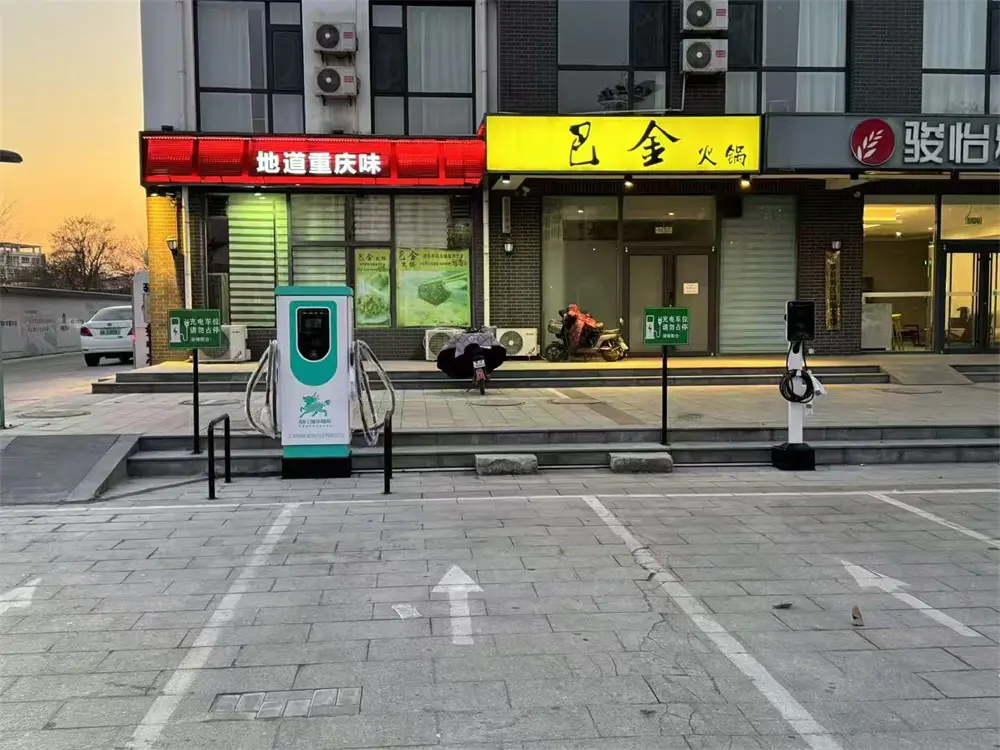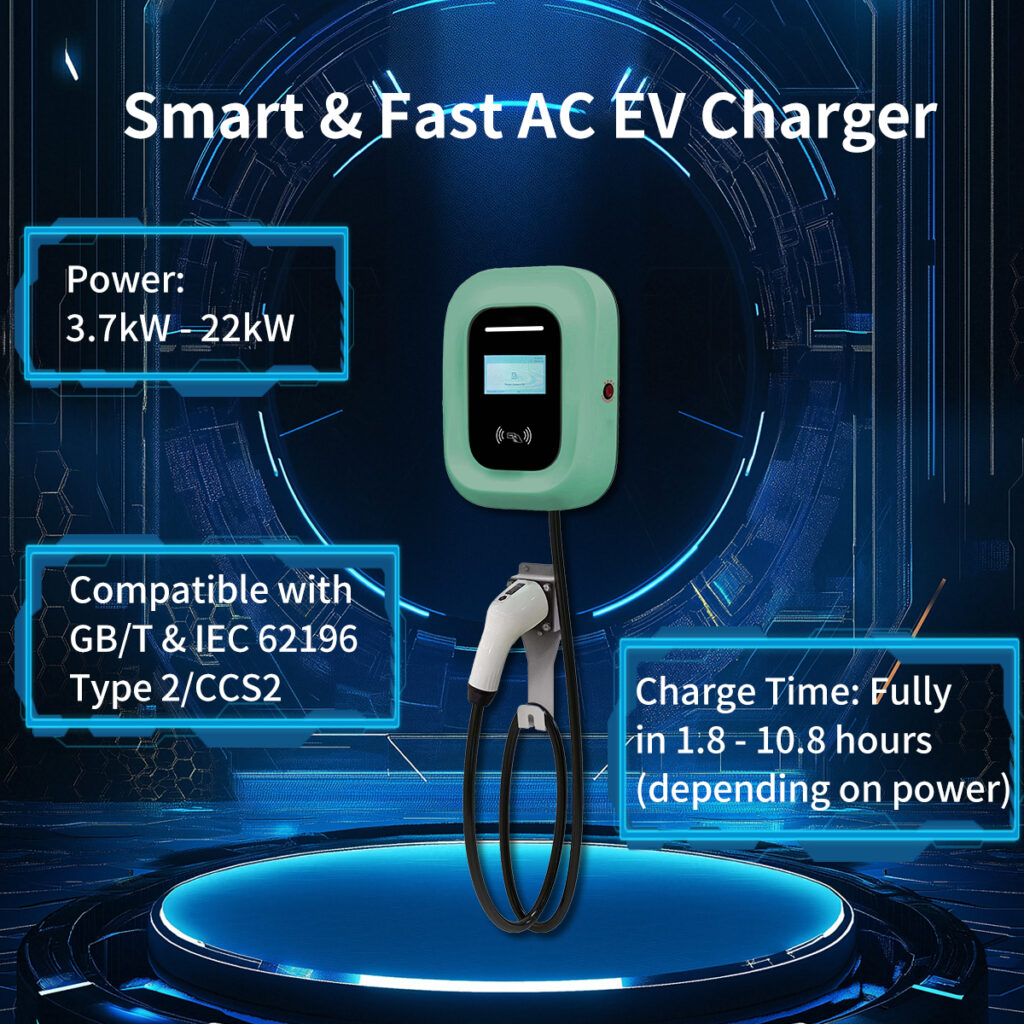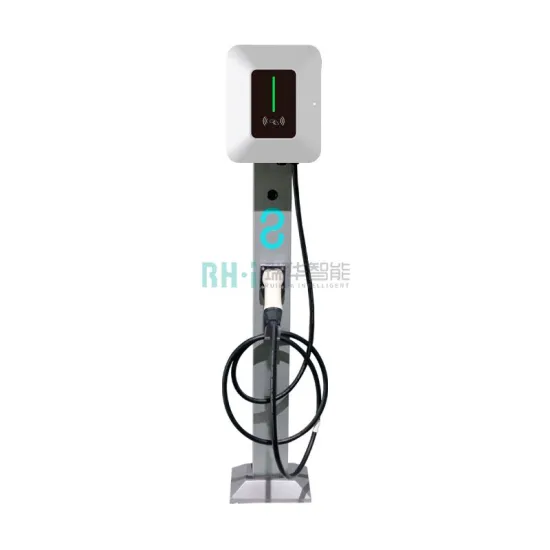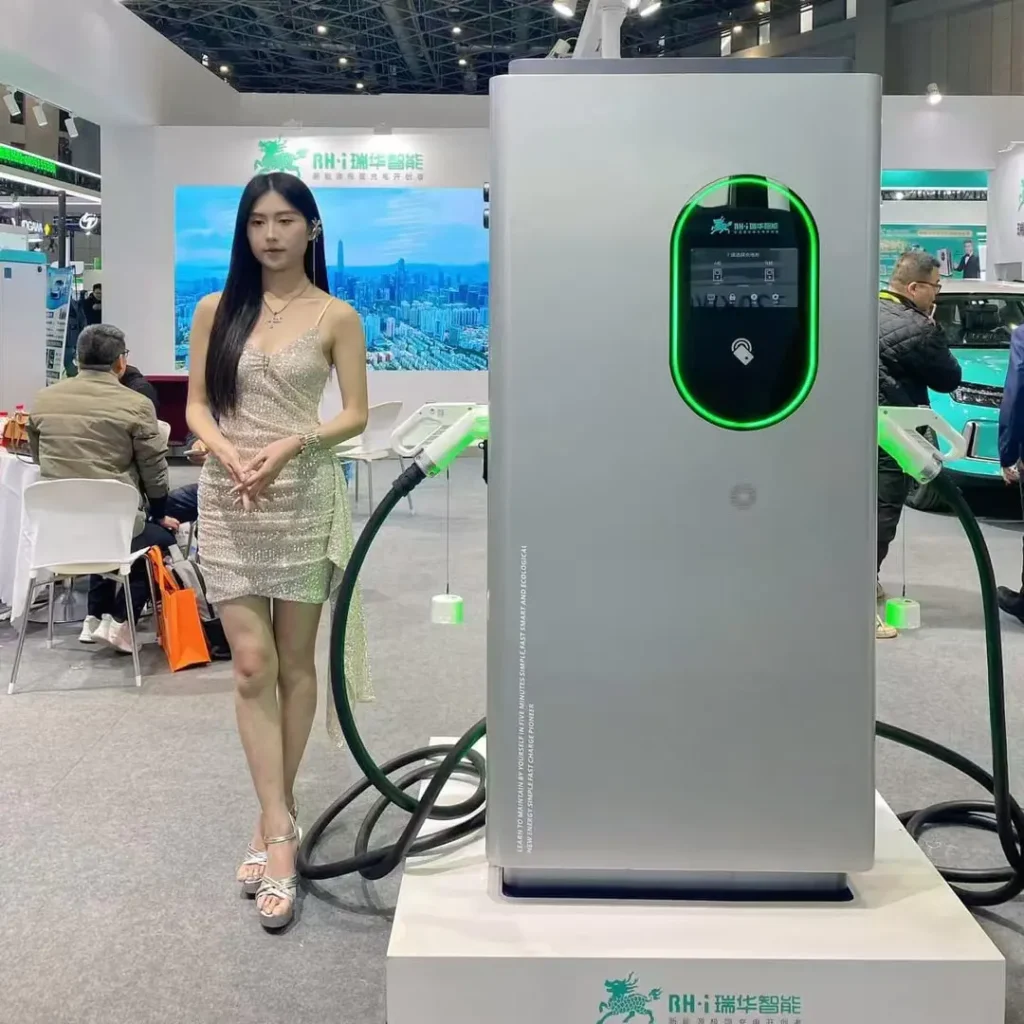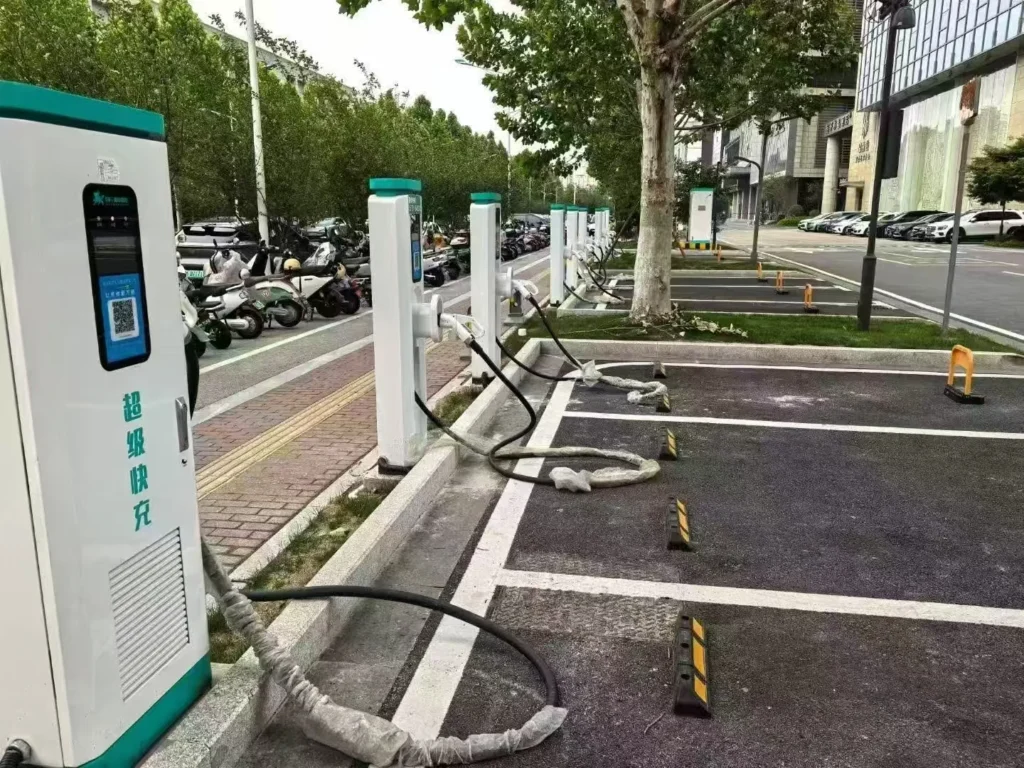Best EV Level 2 Charging Stations Cost in 2025
In 2025, EV Level 2 charging stations, the most common home charging option, are the preferred choice of many vehicle owners due to their efficiency, convenience, and low cost. Compared to fast charging stations, Level 2 charging stations allow charging tasks to be accomplished at home, providing a more sustainable and cost-effective solution.
Just like charging your cell phone before bed, most of your charging probably takes place at home. Home Level 2 charging is much cheaper and more sustainable than DC fast charging, making it the logical choice for anyone with a suitable power source.
However, with so many brands of charging stations on the market and a wide range of prices and features, how do you choose the best charging station for your needs? This page will review the best EV Level 2 charging stations on the market in 2025 in detail to help you make an informed purchase.
commercial level 2 charging station companies & manufacturers
Founded in 2018, RUIHUA has installed over 170 EV charging stations globally, with a strong presence. As a leading manufacturer of EV charging stations, RUIHUA offers a wide range of EV charging solutions, including home and commercial options. These solutions provide Level 1, Level 2, and Level 3 charging rates, catering to standard and fast charging needs.
Products Offered
- Level 2, and Level 3 charging stations
- Single-family home charging stations
- Multi-family apartment charging stations
- Commercial charging stations

Ruihua employs more than 350 highly skilled professionals at its manufacturing facility, producing more than 2,000 innovative electric vehicle chargers per month. The company’s revenue in 2023 exceeded $3.7 million.
Our Top Picks
7kw Home Charger, Single Phase EV Charger
Protection level: IP54
Number of guns: single gun design
Charging interface: CCS2, CHAdeMO, GB/T, etc.
11kW EV Charger, Home AC Car Charger
Protection level: IP54
Number of guns: single/dual gun design
Charging interface: CCS2, CHAdeMO, GB/T, etc.
19.2 KW EV Charger, AC Home Charger
Protection level: IP54
Number of guns: single gun design
Charging interface: CCS2, CHAdeMO, GB/T, etc.
Home 22kw EV Charger, AC Charging
Protection level: IP54
Number of guns: single gun design
Charging interface: CCS2, CHAdeMO, GB/T, etc.
Top 3 Best EV Level 2 Charging Stations for 2025
Here are the 3 best EV Level 2 charging stations in 2025 that offer efficiency and reliability to meet the needs of different users and provide stable charging for electric vehicles.
3.5kw, 7 kW, 11 kW eV level 2 charging station
This is an impressive WiFi-connected Level 2 EV charging station, offering a highly attractive price point. It ranks among the top-tier chargers tested. RUIHUA provides almost everything consumers desire, including detailed electricity rates based on actual utility plans.
The entire energy tracking functionality of RUIHUA is integrated into the app. However, if you are simply using it to charge your EV, navigating through all these features in the app can be quite confusing.
Product Specifications:
- Supports OCPP 1.6J and OCPP 2.0
- Charging standard based on ISO15118/DIN70121
- Enables load balancing within a charging station
- All components are CE certified
- Offers remote monitoring, appointment scheduling, diagnostics, and firmware upgrades
- Equipped with Type RCD + DC 6mA protection
7 kW, 11 kW, 21 kW level 2 eV charging stations
This series of level 2 EV charging stations supports NACS plug (Tesla standard) and J1772 plug (via adapter) for most non-Tesla electric vehicles. It has a sleek profile and glass-like transparent top.
The setup process is simple, connect to WiFi by scanning the QR code on the side of the device and set the output limit via the web interface. Ideal for home use, especially for Tesla owners or others who need fast charging.
Output power: available in three versions, 32 amps (approx. 7 kW), 48 amps (approx. 11.5 kW) and 87.5 amps (21kw). Equipped with a small LCD screen that displays voltage, current, charging time, energy (kWh) and temperature. Allows the user to set the current output limit, which can be adjusted between multiple amps.
Best Level 2 Electric Car Charger for home
Up to 7kW adds approximately 32 miles (~51km) of range per hour. Equipped with SAE J1772 connector, compatible with most electric vehicles, including Tesla (adapter required).
Smart features to remotely control charging, adjust power output, schedule charging time, and view real-time charging data. Easy to install for both indoor and outdoor use, featuring a rugged metal casing that can withstand a variety of harsh weather conditions.
Supports RFID card-activated charging and features a flexible cable that stays soft even at low temperatures, ensuring reliable charging in all climates. If your goal is to find a Level 2 home EV charging station around 7 kW, then this is a great choice, not only does it charge fast, but it is also highly compatible and full of smart features.
EV Charging Levels:
Level 2: Uses 240-volt AC electricity to charge with outputs generally between 6 and 19 kilowatts. Should charge an EV with a modestly sized battery overnight.
Level 3/DC Fast-Charger: Many public chargers are this type, but they’re illogical for home use due to their high cost. But just so you know, these chargers use 400- or 800-volt DC electricity to charge with output ranging from 50 to 350 kilowatts, charging a typical EV’s battery from 10 to 90 percent in as little as 30 minutes.
Things to Consider When Buying an EV Charger
When purchasing an electric vehicle charger, there are several factors to consider to ensure that the charger meets your needs and is able to charge your electric vehicle safely and efficiently. For example, will your current electric charger still be able to accommodate any future electric vehicles you may purchase? How much of an impact will an EV charger have on your home electric bill? Can your home’s electrical system handle the workload? And so on.
Here are some things to consider before purchasing an EV Level 2 charging station.
Output power
The output power of a charger is measured in kilowatts (kW). Circuit voltage multiplied by current amperage equals power in watts; 1000 watts equals 1 kilowatt. A 240-volt outlet with 32 amps of current produces 7.7 kW. Common output powers include 7 kW, 11 kW, and 22 kW.
The higher the output power, the faster the charge, but requires higher electrical capacity and more expensive installation.
Charge Rate
The charge rate is crucial to estimating how long it will take your EV to charge. Your charge rate will be affected by three factors: the output of your household circuit, your charging equipment, and your electric vehicle’s onboard charger.
Charge rate is expressed in kilowatts—volts times amps equals watts, and 1000 watts equals a kilowatt. So if you’re charging at 6 kilowatts and your EV has a 60.0-kWh battery, the charge time from empty to full will be roughly 10 hours, if not longer due to losses during charging and slowing down of the charge rate as the battery nears 100 percent.
Home Circuit Output
It’s important to make sure the circuit can safely carry the required current. Generally speaking, a 40 or 50 amp circuit will work for most EV charging needs, but every home’s electrical situation is different, so be sure to check the amp rating of your main breaker first.
If the main breaker is 150 or 200 amps, you can usually install an EV charger without upgrading your electrical system. However, if your electrical system is close to its limits, it’s best to call a certified electrician to verify that an upgrade is needed to avoid overloading or other safety hazards from occurring.
Connector Types
When choosing a home EV charger, it’s essential to ensure compatibility with your vehicle’s connector. There are two primary connector types: the GB/T (China National Standard) and IEC 62196 Type 2/CCS2 (European Standard). These are the most commonly used connectors for electric vehicles, depending on the region. Adapters are also available, enabling you to use the same charger for different EV models that require either connector type.
Wi-Fi Connectivity
If you wish to keep track of your EV’s electrical use and cost, you’ll want a home-charging unit with Wi-Fi connectivity. This allows you to monitor charging, receive alerts, and control the unit remotely via an app.
Cost to Install
This depends on whether you have enough spare electrical capacity in your home circuit or you need to hire an electrician to upgrade your system. If your circuit has enough capacity, you might be able to run a new electrical line for a few hundred dollars. If not, upgrading your home’s electrical system can cost a few thousand bucks.
Cost and Warranty
Chargers vary in price, depending on features and charging speed. Consider your budget and check if the charger comes with a warranty for peace of mind in case any issues arise.
Accessories and Variants
Most EV chargers offer different variants to suit your needs. These variants (hard-wired or plug, different output capabilities, varying cord lengths, etc.) are typically sold at slightly different prices. Make sure you look at all the various options from any manufacturer you’re considering to make sure it suits your needs.
How We Tested EV Chargers
When testing electric vehicle chargers, the first step is to perform an initial inspection, checking for any visible damage and ensuring that the charger functions properly. Next, electrical safety tests are conducted, such as insulation resistance, ground resistance, leakage current, and overload protection, to ensure there are no safety hazards during use. Electrical performance tests focus on the charger’s output voltage, current, power, and harmonics to verify whether it meets design specifications and maintains stability.
Testing the charging interface is also crucial, including verifying its compatibility and plug/unplug performance to ensure the charger can reliably connect with different types of electric vehicles. Communication protocol testing mainly checks whether the signal transmission between the charger and the vehicle is accurate, such as the transmission of PWM signals and the functionality of the CP and PP signal communication interfaces.
Functional testing confirms that the charger can correctly start and stop charging based on the vehicle’s status, adjust the current automatically, and take effective safety protection measures in case of a malfunction. Environmental adaptability tests evaluate the charger’s stability under varying temperature and humidity conditions, while electromagnetic compatibility tests assess the charger’s ability to resist electromagnetic interference.
Durability tests simulate long-term use by performing multiple charge and discharge cycles and conducting aging tests on the battery pack to assess performance changes over time. During testing, equipment such as electronic loads, multifunctional meters, and programmable controllers can be used to simulate real-world conditions and collect data.
Finally, a detailed test report is prepared, analyzing the charger’s performance and compliance. After passing the tests, relevant certifications can be applied for, ensuring the charger is safe and reliable for market use.
EV Charging FAQs
Q: What’s the difference between Level 1, Level 2, and Level 3 charging?
A: The phrase “levels” generally refers to the rate at which each style of chargers. Level 1 is rudimentary and extremely slow, meaning it could take days to produce a full charge. Level 2 is the sweet spot for daily EV drivers, given that level 2 charging is attuned for at-home use and usually provides a full charge overnight. Level 3 is the fastest.
To be specific, the levels designate the voltage that is input into the EV. Level 1 means 120 volts, like a typical household outlet, with a typical charging rate of 1.4 kilowatts. Level 2 is 240 volts (think electric clothes dryer) and, depending on the amperage of the circuit, can range between 5.8 and 19.2 kW. Level 3 is DC fast-charging, operating between 400 or 800 volts, and the rates can be as high as 350 kW.
Q: What are the different types of EV chargers?
A: Not all home EV chargers are the same. Charging capability is categorized into three tiers, starting with Level 1 using 120-volt AC electricity. Level 2 charging uses 240-volt AC electricity. AC electricity is what your house is wired for, therefore Level 1 and 2 charging doesn’t require any special fitment to your home.
Level 3 charging, also known as DC fast-charging, is high-voltage (400 to 800 volts) charging that produces a much quicker rate of charge and is typically only available at public EV charging stations. DC fast-chargers are generally incompatible with home wiring and cost hundreds of thousands of dollars to install.
Q: Are all home EV chargers the same?
Well, sort of. Technically, EV chargers are electric vehicle supply equipment, providing power to the charger inside the electric vehicle. A charger’s main function is to funnel the electricity in your house to your car, which makes the main function of each charger identical.
Differences arise in their output capability, expressed in either amps (e.g., 32, 40, 48 amps) or power (e.g., 7.7, 9.6, 11.5 kW). Higher output chargers allow for increased charging speed, while lower output chargers take more time.
Wi-Fi connectivity is another big difference. Typically, Wi-Fi-enabled chargers allow charging to be monitored and controlled remotely, hence the name smart chargers.
Smart chargers can make a significant difference in cost analysis, due to the extensive data they produce. Of course, smart chargers are a luxury in the world of EV chargers; a non-smart charger will charge your EV just the same. However, it’s hard for us not to recommend a smart charger because of its ease of use and cost-tracking potential.
Q: How do I choose the right charger?
Here are some of the major considerations that should go into every EV home charger purchase:
WEATHERPROOF
If you’re limited on garage space, you may opt to install an outdoor EV charger. While there are a ton of weatherproof units available for purchase (including every unit you see here), double-check the owner’s manual to ensure everything is up to par. Water and electricity is not a fun combination.
SIZE
Depending on how much space you have available in your garage or outside your home, certain EV home chargers just might not fit your needs. A bulkier unit could eat up useful garage space, whereas a thinner unit would not. Measure the space in which you’d like to place the charger, and make sure the unit you intend to purchase will fit!
HARDWIRE VS PLUG-IN
Once you’ve got a space set aside for your home EV charger, you’ll need to decide whether you want a hardwired or plug-in unit. Plug-in units have gotten far more popular as more EVs hit the market, as owners can simply unplug the unit and bring them along on trips or a full-blown move. That said, a hardwired unit will still provide the same level of charging performance, albeit locked into one place
CABLE MANAGEMENT AND LENGTH
It may seem silly, but having a convenient place to store your charge cable when not in use is a nice feature, and one that many chargers lack. Of course you can always stick a hook in the wall should your charger of choice lack this option.
What’s harder to work around is the length of the charging cord, which varies dramatically between manufacturers. Depending on where you park and the overall cleanliness of your garage, a long cord (or an aftermarket extension cord) might be necessary.
Furthermore, thick cords aren’t as flexible as their skinnier counterparts, but they are more likely to stand up to some abuse. Keep all of these factors in mind while you shop
Q: Which plug type should I choose for my charging equipment?
Although several automakers have announced a switch from a J1772 connector to Tesla’s North America Charging Standard (NACS) design in the 2025 time frame, whether you buy a J1772 or NACS unit today doesn’t limit its future compatibility. There are adapters to go from NACS to J1772 or vice versa, and with the mixed ports both on the vehicles and the public-charging infrastructure, EV owners will need to get used to keeping adapters in their vehicles to be prepared for whichever plug type they encounter.
Q: Are there tax breaks for electric car owners who buy a home charger?
Yes. The Inflation Reduction Act reinstated a federal tax credit of 30 percent of your total costs (capped at $1000). That includes money spent on electrical upgrades and wiring to your house, in addition to the charging unit itself. This credit is currently set to be in place through 2032. In addition, there are often additional state or regional incentives, so make sure to check what’s available in your area.
Q: What’s the difference between a vehicle’s on-board charger and an EV charger?
Again, the home EV chargers you see here aren’t really chargers but rather suppliers. The electric vehicle supply equipment, or EVSE, provides the vehicle’s onboard charger with AC electricity from your house.
Once the EV’s onboard charger has been provided with AC electricity, it converts it to DC energy to be stored in the battery. Even if the electrical output of your household is greater than that of the vehicle, you won’t be able to exceed the charge rate limited by the onboard charger.
Why Trust Us?
At RUIHUA, we’re dedicated to providing high-quality electric vehicle chargers that meet international standards and ensure safety, reliability, and performance. Here’s why you can trust us:
- Compliance with Global Standards: We follow international safety regulations and certifications, ensuring our chargers are compliant with the latest industry standards (including GB/T and IEC 62196 Type 2). This commitment guarantees the highest level of safety and quality.
- Customer-Centric Support: We pride ourselves on offering responsive customer support. Whether you’re looking for product information, technical assistance, or after-sales service, our team is here to help.
- Sustainability: We prioritize eco-friendly solutions, ensuring that our products not only support the transition to electric vehicles but also contribute to reducing carbon footprints.
- Customizable Solutions: Our chargers are designed to be compatible with various electric vehicle models, offering flexible solutions to meet different needs and environments, from commercial to residential settings.

